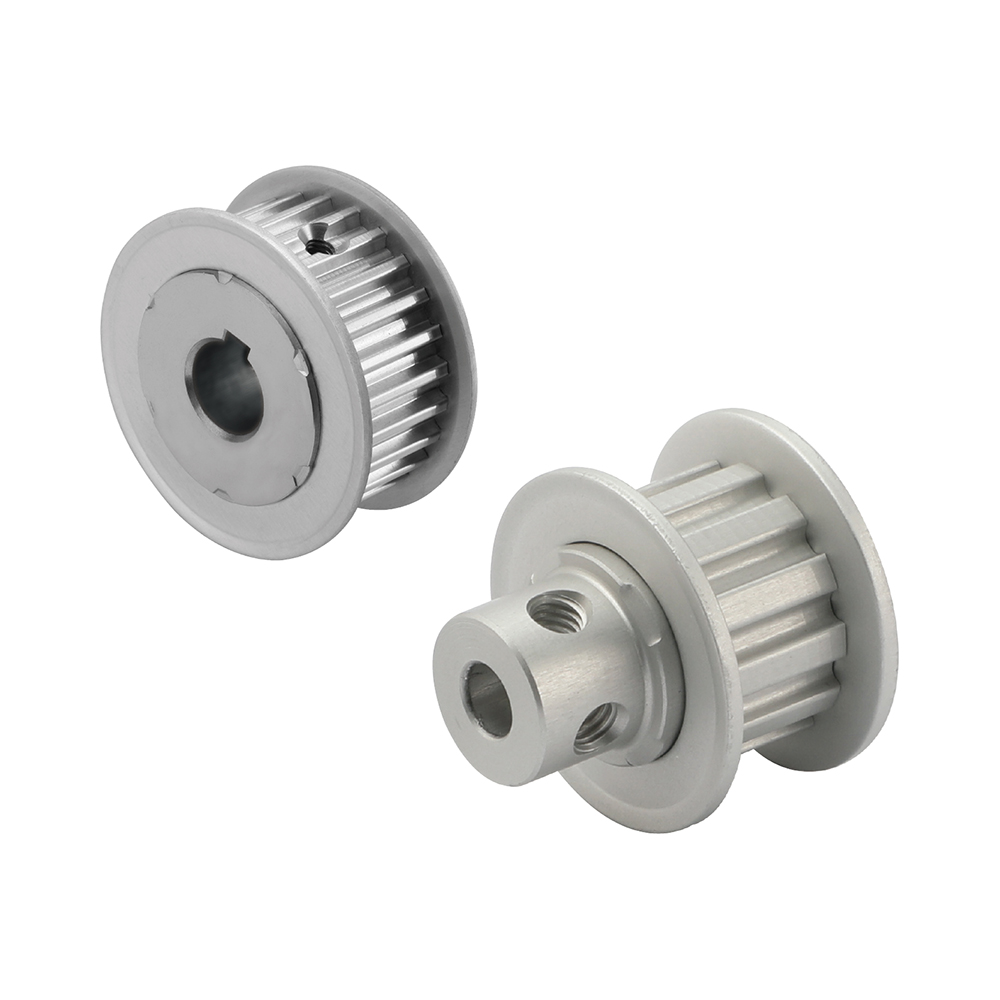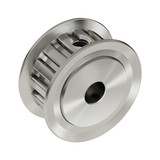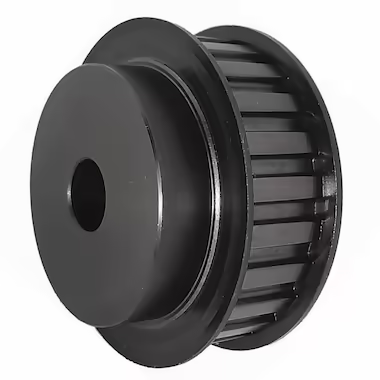Product Description
HTD 8M-20 pulley for belt width 20 mm
22-8M-20, 24-8M-20, 26-8M-20, 28-8M-20, 30-8M-20, 32-8M-20,
24-8M-20, 36-8M-20, 38-8M-20, 40-8M-20, 44-8M-20, 48-8M-20,
56-8M-20, 64-8M-20, 72-8M-20, 80-8M-20, 90-8M-20
HTD 8M-30 pulley for belt width 30 mm
22-8M-30, 24-8M-30, 26-8M-30, 28-8M-30, 30-8M-30, 32-8M-30,
34-8M-30, 36-8M-30, 38-8M-30, 40-8M-30, 44-8M-30, 48-8M-30,
56-8M-30, 64-8M-30, 72-8M-30, 80-8M-30, 90-8M-30, 112-8M-30
HTD 8M-50 pulley for belt width 50 mm
22-8M-50, 24-8M-50, 26-8M-50, 28-8M-50, 30-8M-50, 32-8M-50,
34-8M-50, 36-8M-50, 38-8M-50, 40-8M-50, 44-8M-50, 48-8M-50,
56-8M-50, 64-8M-50, 72-8M-50, 80-8M-50, 90-8M-50, 112-8M-50
HTD 8M-85 pulley for belt width 85 mm
22-8M-85, 24-8M-85, 26-8M-85, 28-8M-85, 30-8M-85, 32-8M-85
34-8M-85, 36-8M-85, 38-8M-85, 40-8M-85, 44-8M-85, 48-8M-85
56-8M-85, 64-8M-85, 72-8M-85, 80-8M-85, 90-8M-85, 112-8M-85
/* January 22, 2571 19:08:37 */!function(){function s(e,r){var a,o={};try{e&&e.split(“,”).forEach(function(e,t){e&&(a=e.match(/(.*?):(.*)$/))&&1
| Certification: | CE, ISO |
|---|---|
| Pulley Sizes: | Type C |
| Manufacturing Process: | Forging |
| Material: | Aluminum |
| Surface Treatment: | Polishing |
| Application: | Chemical Industry, Grain Transport, Mining Transport, Printer Cutter |
| Samples: |
US$ 1/Piece
1 Piece(Min.Order) | |
|---|
| Customization: |
Available
| Customized Request |
|---|

What environmental factors should be considered when using XL pulleys outdoors?
When using XL pulleys outdoors, several environmental factors should be taken into consideration. Here is a detailed explanation of the factors that should be considered:
1. Moisture and Water Exposure:
Outdoor environments often expose XL pulleys to moisture and water, such as rain, humidity, or even direct water contact. It is crucial to consider the pulleys’ resistance to corrosion and rust in such conditions. Choosing pulleys made from materials with high corrosion resistance, such as stainless steel or coated alloys, can help prevent damage and ensure long-term performance.
2. Temperature Variations:
Outdoor environments may subject XL pulleys to temperature variations, including extreme heat or cold. Different materials exhibit varying thermal properties, so selecting pulleys with suitable temperature resistance is essential. Pulleys made from materials that can withstand the anticipated temperature range will help prevent deformation, cracking, or premature wear due to thermal expansion or contraction.
3. UV Radiation:
XL pulleys used outdoors are exposed to ultraviolet (UV) radiation from sunlight. Prolonged exposure to UV radiation can cause material degradation, discoloration, or loss of mechanical properties. Choosing pulleys with UV-resistant coatings or materials that are specifically formulated to withstand UV radiation can mitigate these effects and ensure the longevity and performance of the pulleys.
4. Dust and Particulate Matter:
Outdoor environments often contain dust, dirt, and other particulate matter that can accumulate on XL pulleys. The presence of debris can lead to increased friction, wear, and decreased performance. Choosing pulleys with smooth surfaces, effective seals, or protective covers can help minimize the ingress of dust and particulate matter, reducing the risk of damage and maintaining optimal operation.
5. Chemical Exposure:
In certain outdoor applications, XL pulleys may come into contact with chemicals, such as solvents, cleaning agents, or environmental pollutants. It is crucial to consider the chemical compatibility of the pulley materials with the substances present in the environment. Selecting pulleys made from chemically resistant materials or applying protective coatings can prevent chemical reactions, degradation, or premature failure.
6. Vibrations and Mechanical Stresses:
Outdoor environments may subject XL pulleys to vibrations and mechanical stresses caused by factors like wind, machinery vibrations, or uneven terrain. It is important to ensure that the pulleys are designed and installed to withstand these forces. Reinforcing the pulleys with appropriate structural features, such as additional ribs or thicker walls, can enhance their durability and prevent mechanical failures.
7. Maintenance and Inspection:
Outdoor XL pulleys may require more frequent maintenance and inspection compared to indoor applications. Regular cleaning, lubrication, and inspection of the pulleys can help identify and address any environmental damage or wear in a timely manner. Implementing a maintenance schedule and following manufacturer-recommended guidelines will ensure the pulleys remain in optimal condition.
By considering these environmental factors when using XL pulleys outdoors, it is possible to select pulleys that are specifically designed and constructed to withstand the challenges posed by the outdoor environment. This ensures reliable performance, longevity, and minimal downtime in outdoor applications.

Are there safety considerations when working with XL pulley systems?
Yes, there are several safety considerations that should be taken into account when working with XL pulley systems. Here are some important safety considerations:
1. Lockout/Tagout Procedures:
Before performing any maintenance or repair tasks on a power transmission system involving XL pulleys, it is crucial to follow proper lockout/tagout procedures. This involves isolating the system from its power source and ensuring that it cannot be energized accidentally. Lockout/tagout procedures help prevent unexpected startup of the system, which could cause serious injuries.
2. Personal Protective Equipment (PPE):
Wear appropriate personal protective equipment when working with XL pulley systems. Depending on the specific task and potential hazards, PPE may include safety glasses, gloves, hearing protection, and protective clothing. PPE helps protect against potential injuries from contact with moving parts, flying debris, or noise exposure.
3. Training and Competence:
Ensure that personnel working with XL pulley systems are adequately trained and competent to perform their tasks safely. They should be familiar with the proper procedures for installation, operation, and maintenance of the pulleys. Training should also cover the identification and understanding of potential hazards associated with the system and how to mitigate them.
4. Machine Guards:
Install appropriate machine guards and protective enclosures around the XL pulley systems to prevent accidental contact with moving parts. Guards help minimize the risk of entanglement, pinch points, or injuries caused by the rotating pulleys or the timing belt.
5. Risk Assessment:
Conduct a thorough risk assessment of the XL pulley system and its surrounding environment. Identify and evaluate potential hazards, such as pinch points, sharp edges, or electrical hazards. Implement control measures to mitigate the identified risks, such as implementing interlocks, providing warning signs, or establishing safe work procedures.
6. Regular Maintenance:
Perform regular maintenance and inspection of the XL pulley system to ensure its safe operation. This includes checking for any signs of wear, damage, or misalignment, as well as verifying the integrity of guards and safety devices. Address any maintenance issues promptly to prevent potential safety hazards.
It is important to consult relevant safety standards, guidelines, and regulations specific to your industry and jurisdiction when working with XL pulley systems. Adhering to these safety considerations will help protect personnel from injuries and create a safe working environment when interacting with XL pulley systems.

Are XL pulleys available in different sizes and configurations?
Yes, XL pulleys are available in a variety of sizes and configurations to accommodate different application requirements. The size and configuration of XL pulleys can vary in terms of the number of teeth, pitch diameter, bore size, and overall dimensions. Here are some key aspects of the size and configuration options for XL pulleys:
1. Number of Teeth:
XL pulleys are manufactured with a specific number of teeth that correspond to the tooth profile of the timing belt they are designed to work with. The number of teeth affects the speed ratio, torque transmission, and positioning resolution of the pulley system. XL pulleys can have different tooth counts to meet the specific motion control requirements of the application.
2. Pitch Diameter:
The pitch diameter of an XL pulley refers to the diameter of the circle formed by the centerline of the pulley’s teeth. XL pulleys are available with different pitch diameters to accommodate various belt lengths and speed requirements. The pitch diameter affects the linear velocity and torque transfer capabilities of the pulley system.
3. Bore Size:
The bore size of an XL pulley refers to the diameter of the central hole through which the pulley is mounted onto a shaft. XL pulleys are designed with different bore sizes to fit various shaft diameters. They can have standard bores or keyway/keyslot configurations to ensure secure and precise shaft coupling.
4. Overall Dimensions:
XL pulleys come in different overall dimensions, which include the outer diameter, hub width, and flange size. The outer diameter determines the pulley’s physical size, while the hub width and flange size affect the pulley’s stability and belt retention. These dimensions are chosen based on the specific application requirements and available space constraints.
5. Customization:
While standard sizes and configurations of XL pulleys are readily available, manufacturers often offer customization options to meet unique application needs. Customization can involve specific tooth profiles, special bore sizes, non-standard dimensions, or even the use of different materials to suit specific operating conditions.
When selecting XL pulleys, it is essential to consider the requirements of the application, including the desired motion control parameters, load capacity, and space limitations. Consulting with pulley manufacturers or suppliers can help ensure the selection of the most appropriate size and configuration for the specific application.


editor by CX
2024-03-29